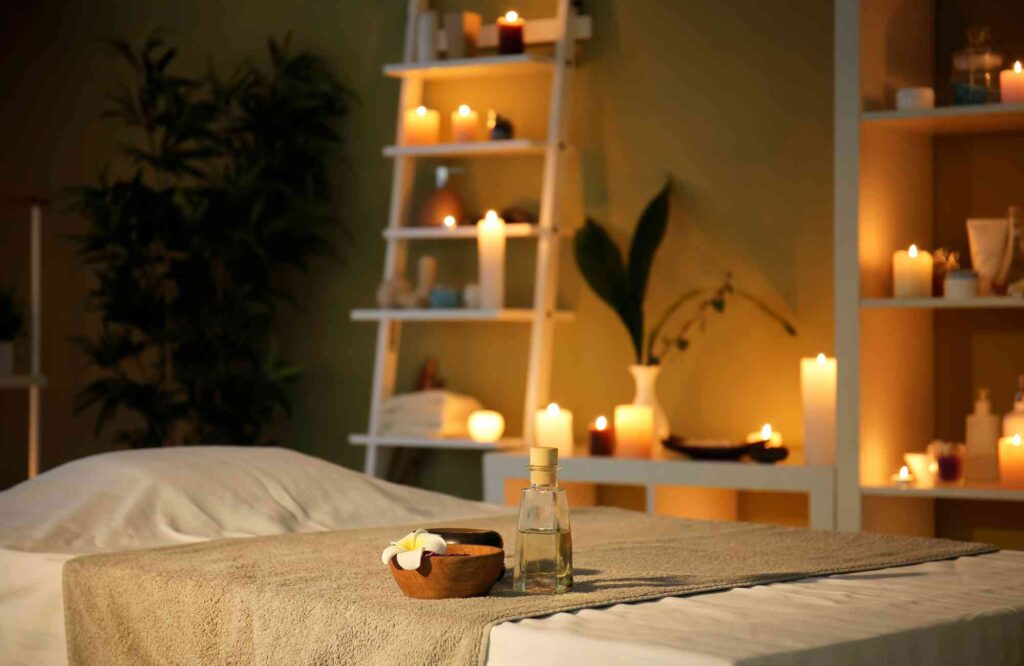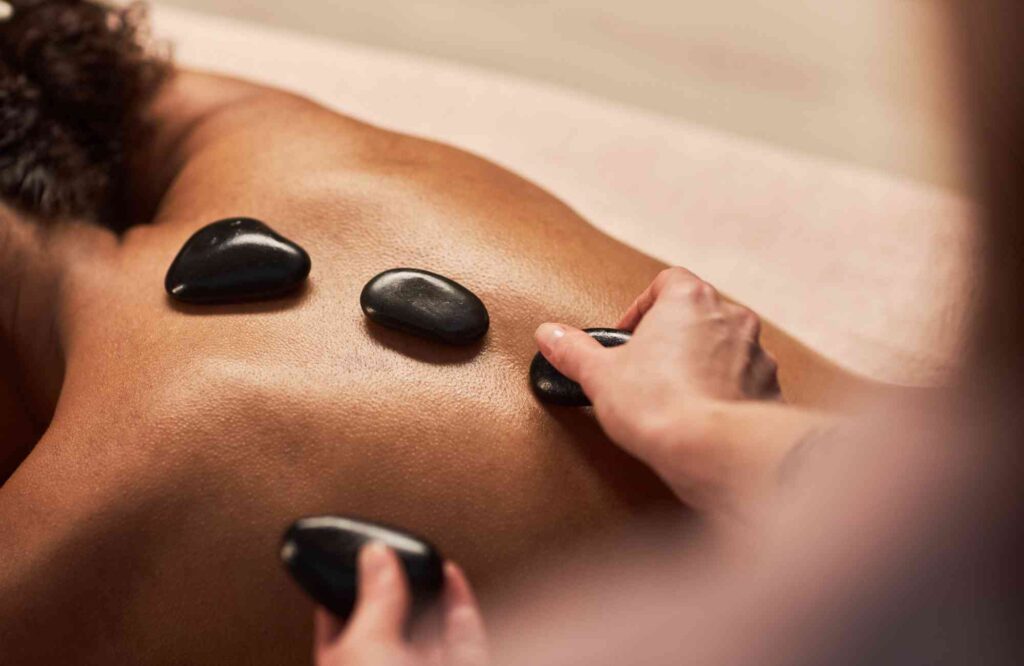Massage therapy has been a cornerstone of wellness for centuries, celebrated for its ability to relax both the body and mind. Despite its long-standing history, misconceptions about massage still abound. These myths can prevent people from embracing its full potential or lead to unrealistic expectations. Let’s clarify some of the most common myths and uncover the facts, empowering you to make informed decisions about massage therapy.

Myth 1: Massage Is Only for Relaxation
Fact: Massage is a therapeutic tool with benefits beyond stress relief.
While many associate massage with relaxation, it serves a variety of purposes, including pain relief, improved mobility, and faster recovery from injuries. Techniques like deep tissue and sports massage address chronic pain and muscle tightness. Massage can also enhance circulation, reduce inflammation, and boost immunity.
Mentally, massage lowers cortisol levels while increasing serotonin and dopamine, promoting emotional well-being. Whether you’re seeking physical recovery or mental balance, massage is more than just a luxury—it’s a valuable wellness tool.
Myth 2: Massage Has to Hurt to Be Effective
Fact: Pain is not a prerequisite for results.
A common misconception is that an effective massage must be painful. While firm pressure may be necessary for certain techniques like deep tissue or trigger point therapy, the experience should never be overly painful. Discomfort can lead to increased muscle tension, counteracting the benefits.
Skilled therapists adapt pressure to your comfort level, ensuring the session is both effective and enjoyable. Always communicate with your therapist to achieve the best results without unnecessary discomfort.
Myth 3: Massage Flushes Out Toxins
Fact: Massage supports natural processes but doesn’t “flush toxins.”
The belief that massage removes toxins from the body is widespread but inaccurate. Detoxification is managed by your liver, kidneys, and lymphatic system. Massage enhances circulation and lymphatic flow, indirectly supporting these systems, but it doesn’t directly “flush out” toxins.
Staying hydrated after a massage helps maintain the benefits of improved circulation but isn’t about eliminating toxins.

Myth 4: Pregnant Women Should Avoid Massage
Fact: Prenatal massage is safe and beneficial when performed by a qualified therapist.
Pregnancy can bring physical discomfort, such as back pain and swollen feet, making massage an excellent way to alleviate these symptoms. Prenatal massage is specifically designed for pregnant women, ensuring the safety of both mother and baby.
Therapists use techniques tailored to pregnancy stages, avoiding pressure points that could trigger contractions. However, always consult your healthcare provider before starting any therapy during pregnancy.
Myth 5: Massage Is Just a Luxury
Fact: Massage is preventive care, not merely indulgence.
Although massage is often viewed as a luxury, its benefits go far beyond pampering. Regular sessions can help manage chronic pain, reduce migraines, and alleviate stress. It’s a form of preventive care that improves overall well-being and reduces the risk of burnout.
Incorporating massage into your routine supports both physical and mental health, making it a worthwhile investment in your wellness.
Myth 6: You Must Be Undressed for a Massage
Fact: Massage respects your comfort level.
Some people hesitate to try massage because they’re uncomfortable with disrobing. However, you’re always in control of how much or how little you undress. Therapists are trained to ensure privacy with proper draping techniques.
If you prefer to stay clothed, options like chair massage or Thai massage allow you to enjoy the benefits without disrobing.

Myth 7: Massage Provides Instant Results
Fact: The benefits of massage are cumulative.
While a single session can leave you feeling relaxed, long-term benefits often require consistency. Issues like chronic pain and stress take time to resolve. Regular sessions can help maintain physical health, reduce stress, and prevent injuries.
Think of massage as part of a long-term wellness routine rather than a one-time fix.
Myth 8: All Massages Are the Same
Fact: Different massage techniques serve different purposes.
Massage therapy includes a variety of techniques, each tailored to specific needs. Swedish massage is ideal for relaxation, while deep tissue targets chronic tension. Sports massage helps athletes recover, and Thai massage incorporates stretches to improve flexibility.
Choosing the right massage ensures you get the most out of your session, whether your goal is relaxation or pain relief.
Conclusion
Massage therapy is more than just a soothing experience—it’s a holistic approach to improving physical and mental health. By understanding the facts and debunking common myths, you can embrace the full potential of this ancient healing art.
Whether you’re seeking relaxation, pain relief, or overall well-being, massage can be an essential part of your self-care routine. Communicate openly with your therapist, prioritize consistency, and enjoy the transformative benefits that massage brings to your life.
